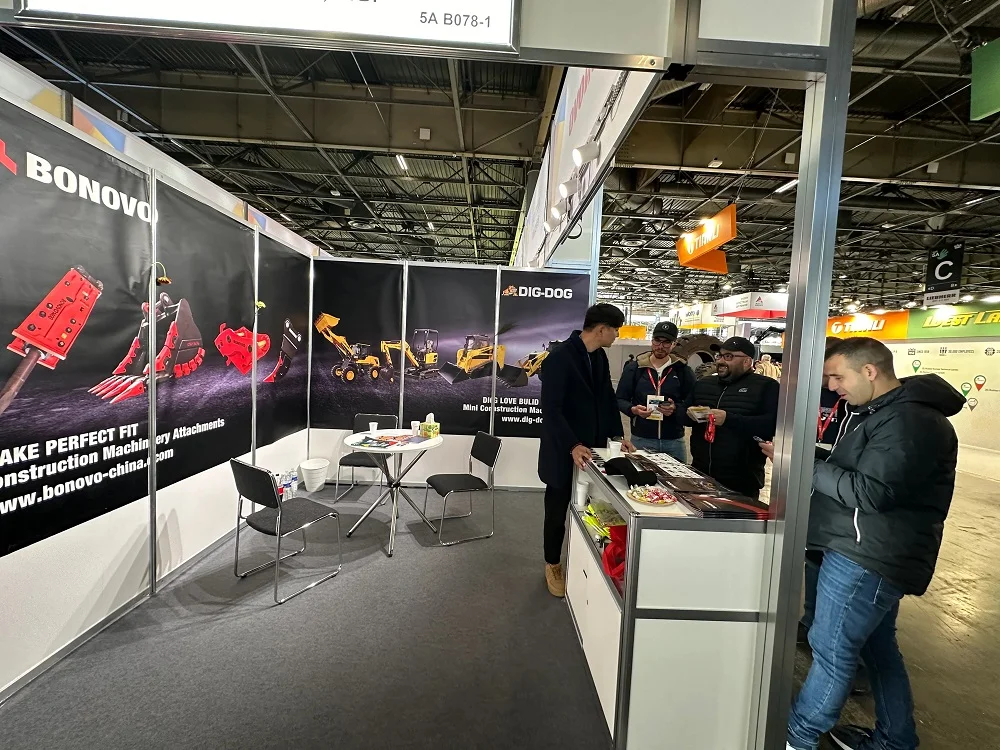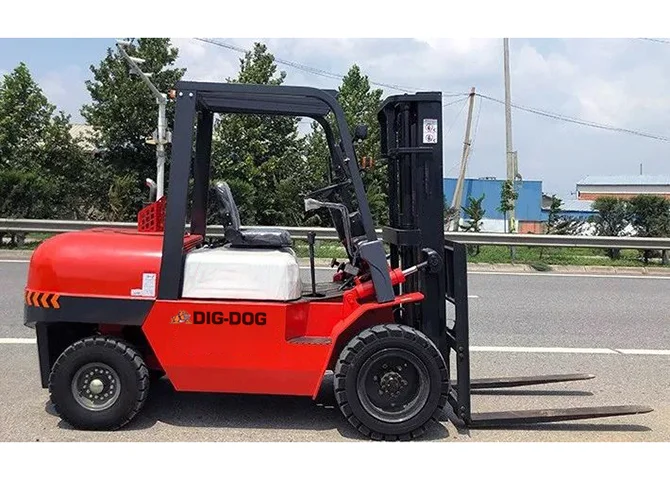Amphibious pontoon excavators are heavy-duty machines designed to operate in water, which makes them highly useful for dredging, excavation, and other activities in water bodies. Due to their buoyancy and stability, these machines are highly sought after by the construction and mining industries. However, before deciding to use amphibious pontoon excavators, there are several factors that need to be considered.
Transportation is one of the most important factors to consider when it comes to amphibious pontoon excavators. These machines are large and heavy, so they usually require specialized trailers or barges for transportation. As such, the cost of transportation can be substantial, especially when the excavator needs to be moved long distances. This cost needs to be included in the overall project budget.
Another factor that can affect the use of amphibious pontoon excavators is the fluctuation in raw material prices. Materials like steel and aluminum can experience significant price variations depending on market conditions, which can impact the production cost of these machines. This, in turn, can affect the cost of projects that require the use of amphibious pontoon excavators.
The production cycle for amphibious pontoon excavators can also be a challenge. These machines require specialized design and manufacturing, which can take a considerable amount of time, especially for custom-built machines. It is important to plan ahead when using these machines as their availability may be limited, and lead times can be substantial.
When deciding on the use of amphibious pontoon excavators, it is essential to consider the operation area analysis. Factors such as water depth, currents, and environmental regulations can impact the performance of these machines. Some regions may have restrictions on the use of amphibious pontoon excavators in certain areas, so it is crucial to be aware of these limitations.
Despite the challenges associated with using amphibious pontoon excavators, they offer significant advantages over traditional land-based excavators.
For example, they can operate in shallow water, allowing for excavation of materials that may be inaccessible otherwise. They also offer greater mobility as they can move across water bodies without additional infrastructure like bridges or causeways.
The market for amphibious pontoon excavators varies depending on the region and type of projects being undertaken. In areas with significant water resources or water-based construction, the demand for these machines may be high. In contrast, the market for amphibious pontoon excavators may be limited in areas where land-based construction is more common.
Looking to the future, the demand for amphibious pontoon excavators is likely to continue to grow. As water resources become increasingly important, and infrastructure development and mining continue to expand, the need for these machines will increase. Advances in technology and manufacturing are also likely to improve the efficiency and performance of these machines, making them even more valuable for construction and mining projects.
In conclusion, amphibious pontoon excavators are specialized machines that offer unique advantages for construction and mining projects in water bodies. While they come with their own set of challenges, they are an essential tool for accessing hard-to-reach areas and completing projects efficiently. As the demand for water-based construction continues to grow, the market for amphibious pontoon excavators is expected to expand.


 BONOVO Group at INTERMAT 2024 Paris Exhibiton
BONOVO Group at INTERMAT 2024 Paris Exhibiton
 A Ultimate Guide to Clamp Forklifts and Attachments
A Ultimate Guide to Clamp Forklifts and Attachments
 How To Choose The Right Compact Wheel Loader
How To Choose The Right Compact Wheel Loader
 How Much Does a Forklift Weigh?
How Much Does a Forklift Weigh?